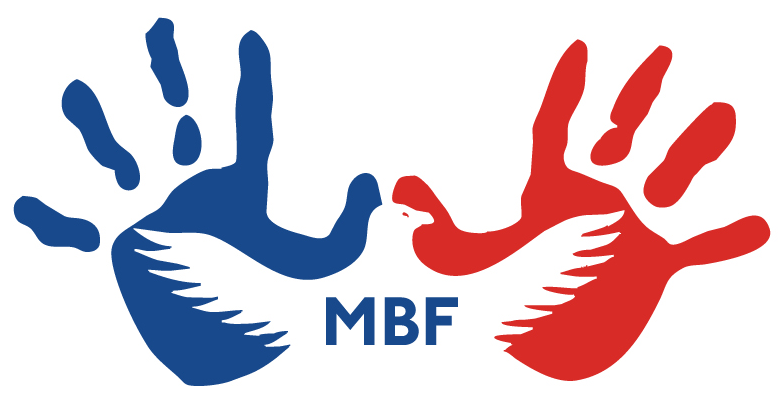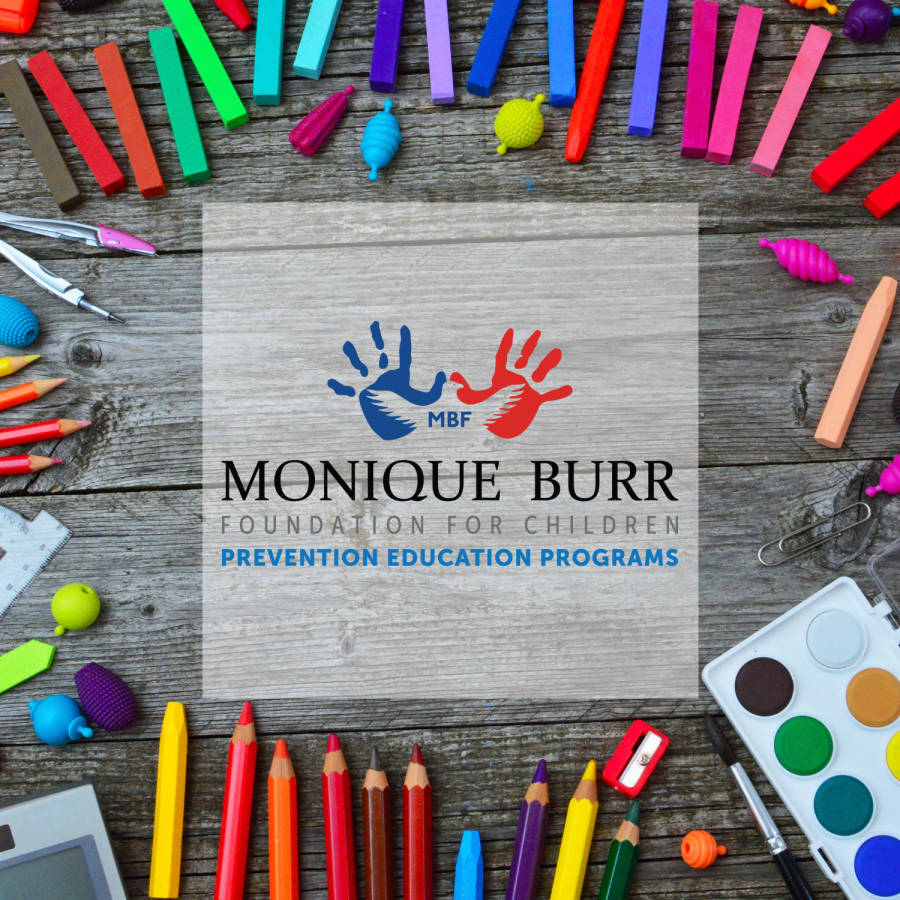The holiday season can be hectic – kids are out of school, you’re busy with holiday shopping, you may have family coming to town, or you may be traveling for the holidays. But with all that activity comes increased opportunities for your child to be exposed to abuse. During these times, it’s more important than ever to remember protecting kids is the priority. Here are some tips to help parents and caregivers ensure children are safe during the holiday season.
1. DISCUSS BOUNDARIES
During the holidays, there may be additional friends and family members around, and some may want to hug, play with, or tickle your child, or they may ask your child to sit on their lap. Boundaries and respect are key to empowering kids to say “no” to unwanted touches, pictures, etc., by adults or other children. Let your child and other adults know this is a decision your child can make based on THEIR comfort level. If a child says “no” or “stop,” their decision (and their boundaries) should be respected.
2. PAY ATTENTION TO SIGNS OF ABUSE
Sometimes, adults may observe behaviors or feel that something is not quite right between an adult and a child, but they disregard it because the adult in question is a family member or trusted friend, someone they think could never harm a child. Unfortunately, the truth is, 90% of children are sexually abused by someone they and the family know well, and 70% are abused by a family member. Additionally, abuse can happen at the hands of another child, so be alert to relationships and activities between kids and other youth as well.
Your child depends on you to keep them safe, so if you feel that something is not right, act. It’s okay to ask questions about activities and/or behaviors. And if your child is spending time with others, it’s okay to stop in unannounced. Always follow up with your child after visits to ask about their time away and let them know they can tell you about anything that made them uncomfortable or upset them.
Read the MBF Safety Brief: Identifying and Reporting Child Abuse at https://mbfpreventioneducation.org/wp-content/uploads/2018/08/SB_Identifying-Reporting-Abuse_PEP_18-19.pdf to learn more about the signs of child abuse and how to respond appropriately if your child ever discloses abuse or you suspect someone may have harmed them.
3. EXPLAIN SECRETS VS. SURPRISES
 Secrets are often the way abusers keep children silent, for example, telling a child, “This will be our little secret.”
Secrets are often the way abusers keep children silent, for example, telling a child, “This will be our little secret.”
Explain to children that secrets are usually about something unsafe or harmful and aren’t meant to be told to anyone, ever, and surprises are meant to hide fun, good things (such as gifts or parties) for only a short time. Remind your child that if anyone – an adult or another child – ever asks them to keep a secret, they should tell you or another Safe Adult immediately.
4. DANGERS CAN LURK ONLINE AS WELL
With time off from school, children will be on their digital devices more frequently, and increased risk comes with increased use. Teach children to be careful what they share online and not include geotags or locations when posting online. Remind them that they should never post sensitive information (such as their location, school, etc.) online, as it could help predators locate them. Remember that an unintended audience may view your child’s posts online and even attempt to contact them. Empower children to tell you if someone they do not know contacts them, asks for personal information, or makes them feel uncomfortable online.
Teach children about good digital citizenship, which is the responsible, respectful, and safe use of the internet. Talk to your children about the importance of being a good digital citizen and how to establish a good digital reputation that will follow them into their future. Important topics to discuss include their privacy settings, posting online appropriately, knowing who their online friends are, being kind to others, and being aware of the online environment to minimize risks to themselves and others.
To learn more about this topic, visit https://mbfpreventioneducation.org/resource/cyberbullying-and-digital-safety/.
5. LIMIT ONE-ON-ONE SITUATIONS
Limit alone time between a child and another adult, if possible. Eighty percent of sexual abuse occurs in one adult – one child situations, so eliminating or minimizing these opportunities will help you better protect your child. When one-on-one situations can’t be avoided, look for opportunities where that time is interruptible and observable. Let the person who will be alone with your child know your expectations for your child’s safety, that you may drop in unannounced, and will follow up by asking your child about their visit.
One-on-one time between your child and another youth may also provide an opportunity for inappropriate behavior (30% of all child sexual abuse cases are by another child), so it’s essential to monitor these situations.
6. USE THE MBF 5 SAFETY RULES©
The MBF 5 Safety Rules© are taught to children and teens through MBF Prevention Education Programs. The Safety Rules are strategies designed to help youth prevent, recognize, and respond to abuse, bullying, and other types of victimization. The MBF 5 Safety Rules are as follows:
- Safety Rule #1 – Know What’s Up
- Safety Rule #2 – Spot Red Flags
- Safety Rule #3 – Make A Move
- Safety Rule #4 – Talk It Up
- Safety Rule #5 – No Blame | No Shame
Learn more about the MBF 5 Safety Rules by visiting: https://mbfpreventioneducation.org/mbf-5-safety-rules/.
The key to keeping kids safe is early and ongoing communication. Look for ways to start these conversations – extra guests sleeping in the house or trips to visit family and friends are both good ways to begin this type of conversation – and look for ways to keep the communication going. Two-way communication, where your child feels like they can come to you to ask questions, should be ongoing. Remember, the holidays are about family and friends, and we want it to be a safe and happy time for everyone, especially for kids. Provide the best gift of all this holiday season— the gift of safety.




